The history of Virgin Atlantic: How a record executive took on the airline establishment and won.
- Oops!Something went wrong.Please try again later.
- Oops!Something went wrong.Please try again later.
Virgin Records founder Sir Richard Branson started Virgin Atlantic Airways in 1984.
The airline survived growing pains and financial strife to become a major transatlantic carrier.
Virgin Atlantic celebrated the 40th anniversary of its maiden flight in June.
In June 2024, Virgin Atlantic Airways celebrated the 40th anniversary of its first flight.
Since its founding in 1984, the Richard Branson-led carrier has weathered its fair share of growing pains, financial challenges, and underhanded tactics from its biggest rivals to become one of the industry's most innovative and visible airlines.
Today, as one of Great Britain's two flag carriers, along with British Airways, Virgin Atlantic and its instantly recognizable livery are mainstays at major airports around the world.
"Richard Branson has said what sets this company apart is an immense and obsessed focus on making our customers smile and having the best team in the sky," Virgin Atlantic CEO Shai Weiss told Business Insider in an interview. "Today, we are more mature (as a company) and continue to lead from the front."
Here's a closer look at the 40-year history of Virgin Atlantic Airways.
Before entering the airline industry, Sir Richard made his money in the record business.
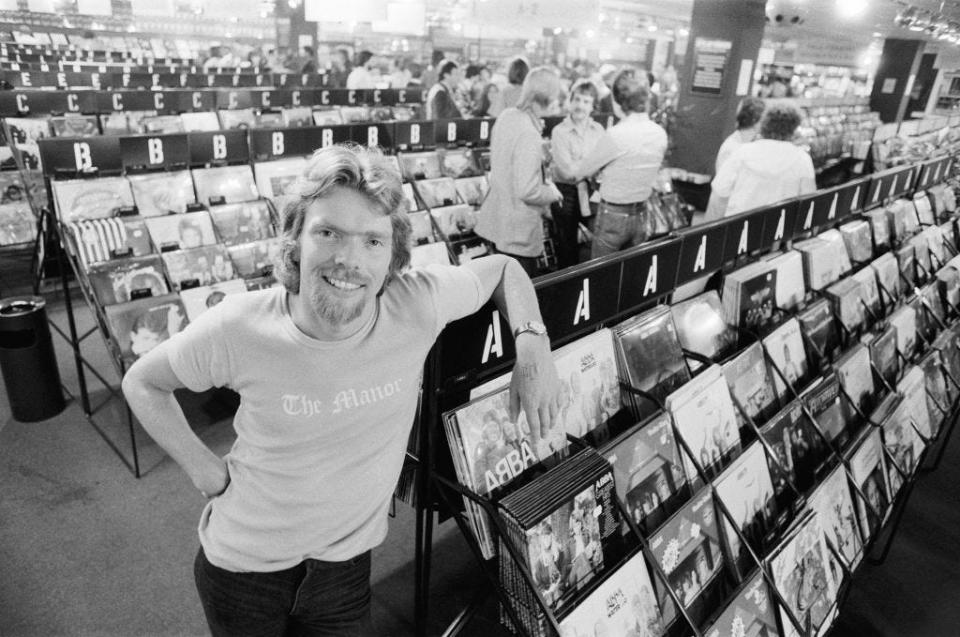
Branson established the Virgin brand in 1970 as a discount mail-order record distributor. Within its first decade, the Virgin Group had evolved into a chain of retail locations, a recording studio, and a record label. Virgin Records, which helped bankroll Virgin Atlantic during the airline's nascent years, would go on to sign iconic acts such as the Rolling Stones, Janet Jackson, and eventually the Spice Girls.
Branson's first foray into the airline business was an impromptu charter flight in the British Virgin Islands in 1978.
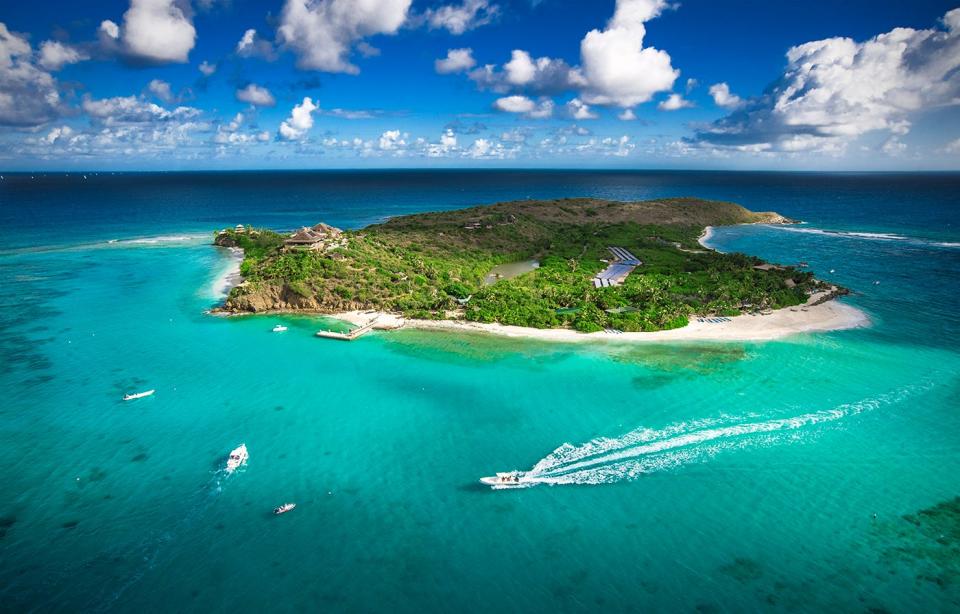
According to Branson, he was bumped from a flight to the British Virgin Islands in 1978, the same year he purchased Necker Island.
"I figured there was a whole plane load of people who wanted to get somewhere — all I needed was the plane," Branson said in a blog post last year. "I went to the back of the airport, hired a plane, and found a blackboard. As a joke, I wrote 'Virgin Airways: $39 single flight' and filled up the flight with all the bumped passengers."
The bankruptcy and liquidation of Laker Airways in 1982 gave Branson the opportunity to officially enter the airline industry.
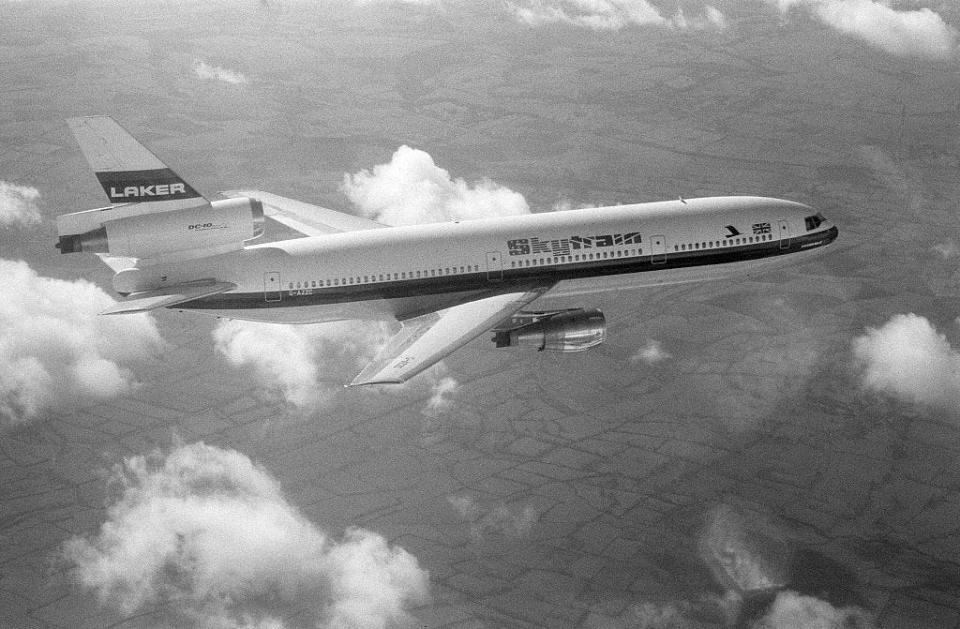
Laker Airways and its McDonnell Douglas DC-10 Skytrains pioneered low-cost, long-haul flights across the Atlantic during the late 1970s but collapsed in early 1982 under the weight of $300 million in debts.
In the wake of Laker's collapse, the airline's former chief pilot, Capt. Alan Hellary and a young American lawyer named Randolph Fields proposed a new, all-business class carrier called British Atlantic Airways.
According to Branson's 1998 autobiography "Losing My Virginity," Fields reached out in February of 1984 with an opportunity to become an investor in British Atlantic.
Before signing on to the new airline, Branson sought advice from Laker Airways founder Sir Freddie Laker.
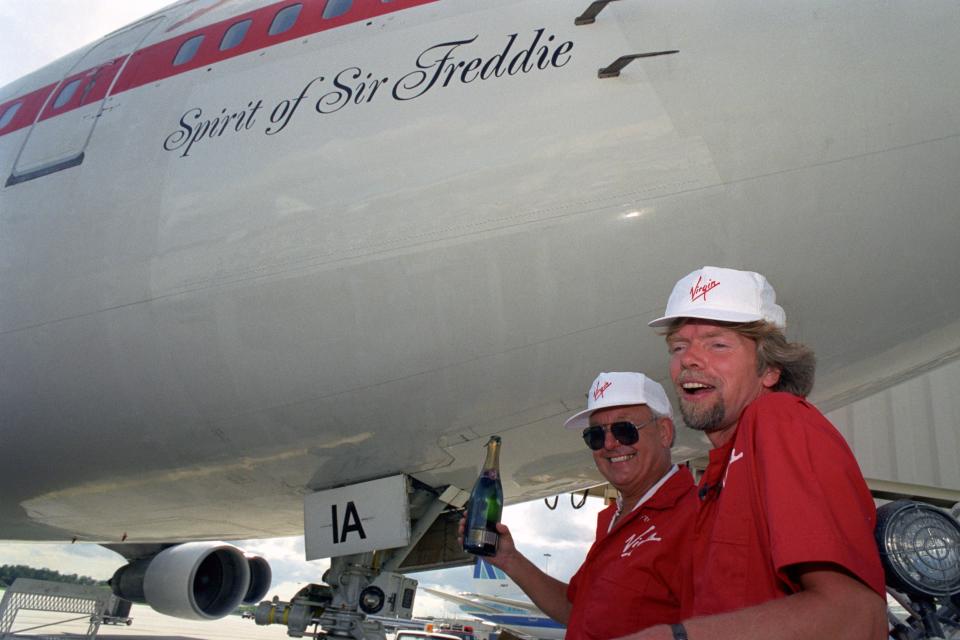
Over the course of a lunch meeting on Branson's houseboat in London, Laker advised the music industry magnate to avoid going with a single-cabin model, whether that be an all-business or a no-frills, all-economy class offering, Branson wrote.
It's advice that Branson took to heart as Virgin Atlantic would go on to pioneer the three-class model, with Business, Premium Economy, and Economy.
According to Branson, Sir Freddie offered another piece of advice that would become handy in the future.
"British Airways will try to wipe you off the map like they did to me. Three words of wisdom: sue the bastards!" Laker told him.
In 1992, Virgin Atlantic christened one of its first Boeing 747s, "Spirit of Sir Freddie," in honor of Laker.
Less than a month after being approached to become an investor, Branson agreed to join the project with the caveat that the airline be renamed Virgin Atlantic Airways.
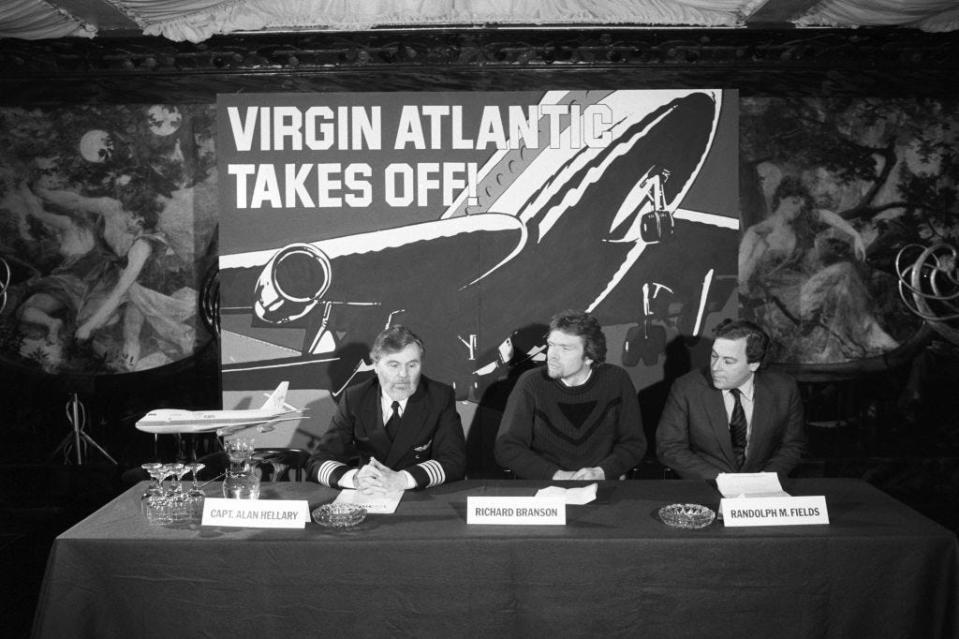
On February 29, 1984, Branson, Hellary, and Fields held a press conference announcing the launch of a newly renamed Virgin Atlantic Airways.
"The first arrangement I made with Randolph (Fields) was that we would have an equal partnership," Branson wrote in his autobiography. "I would invest the funds; he would run the airline."
In addition to Hellary, Fields also recruited key members of Laker Airways' engineering and operations teams to help run the airline.
Unfortunately, the Fields-Branson partnership would fall apart within weeks.
"The first casualty of Virgin Atlantic Airways was my relationship with Randolph Fields," Branson wrote in "Losing My Virginity."
The two could not agree on how to run the business, and Fields was frozen out of the airline's day-to-day operations. This disagreement led to a £1 million buyout offer from Branson before the airline's first flight, which Fields turned down. Fields would go on to accept an unspecified buyout at a later date.
Branson and company got to work with the goal of getting the airline in the air by June of 1984 to take advantage of the summer travel season.
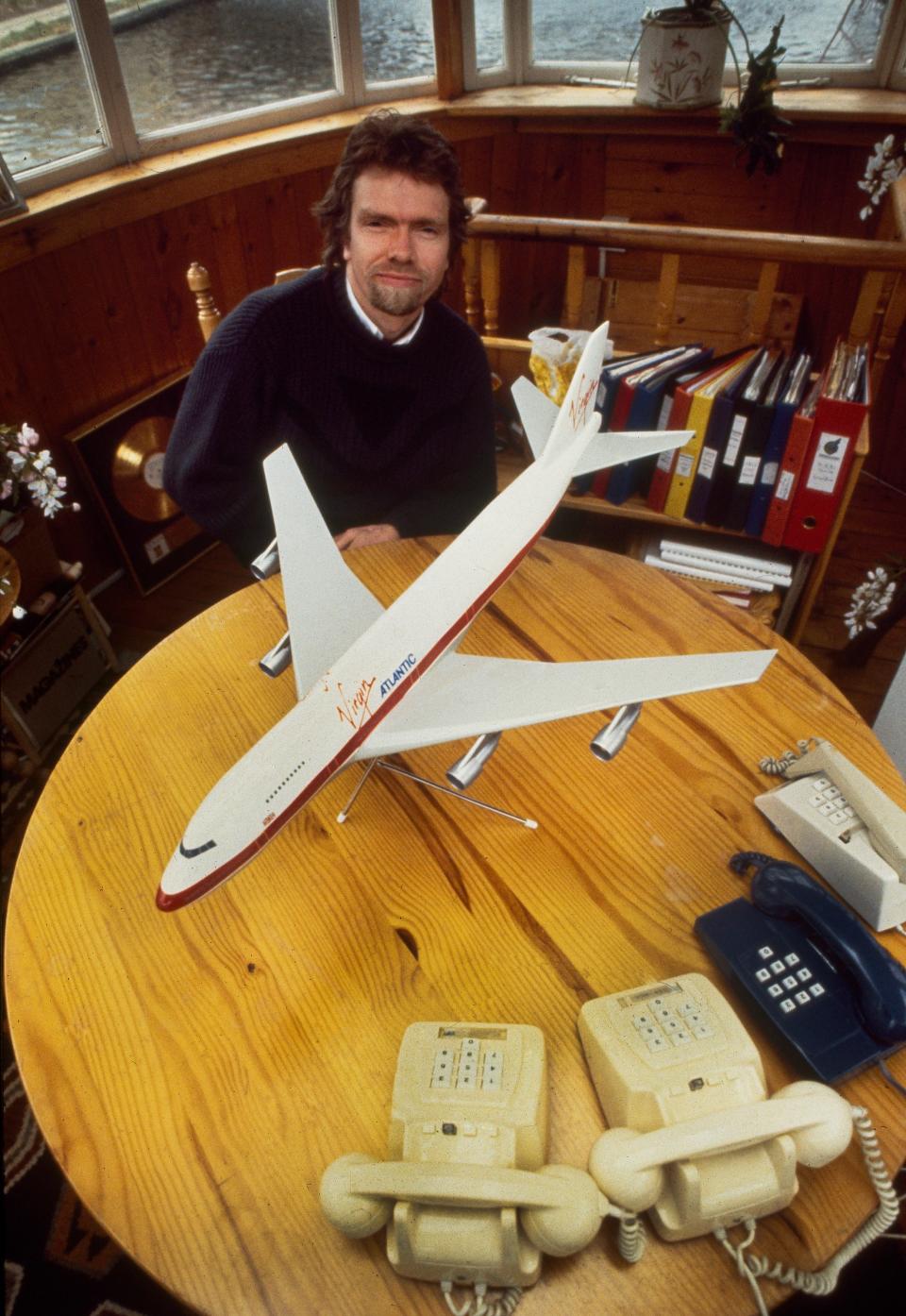
The newly minted airline leased a secondhand 747-200 from Boeing for its maiden flight.
Virgin Atlantic's first plane registration (G-VIRG) was originally delivered to Aerolineas Argentina in 1976 before returning to Boeing in 1982.
Christened the Maiden Voyager, the aircraft remained in the Virgin Atlantic fleet until the early 2000s before spending its final years with Nigeria's Kabo Air. It was scrapped in 2011.
In addition to leasing a plane, the Virgin Atlantic team set up a ticket distribution system and arranged for a rival carrier, British Caledonian, to handle maintenance for the aircraft.
Virgin Atlantic was finally ready for its maiden flight.
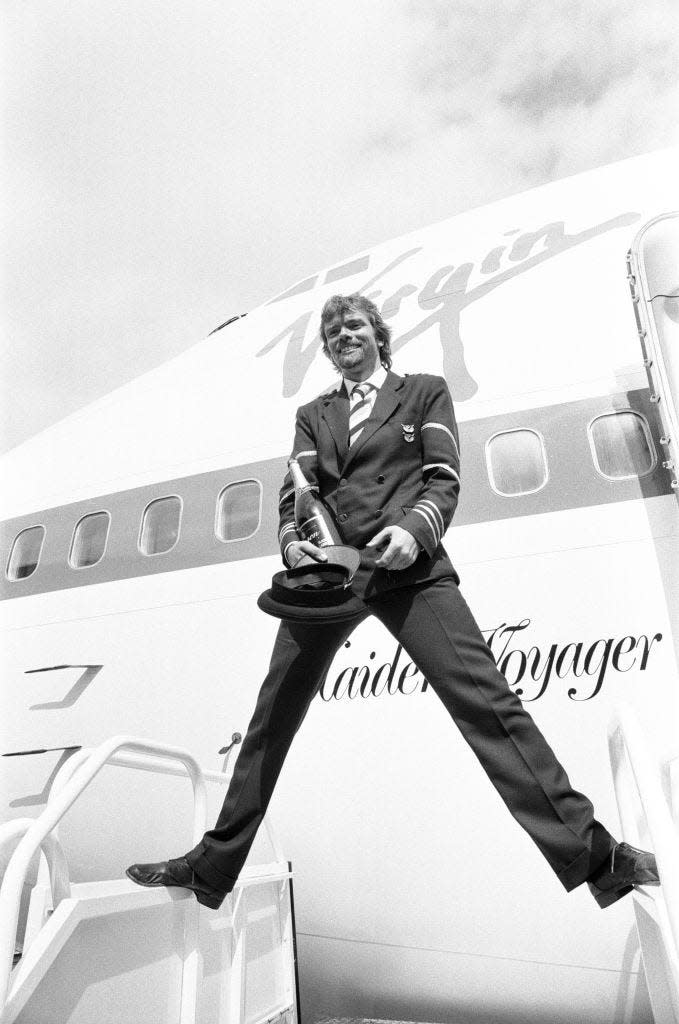
On June 22, 1984, Virgin Atlantic Airways Flight VS1 departed from London-Gatwick bound for Newark Liberty International Airport in New Jersey. The jumbo jet, delivered to London just days earlier, lifted off with Branson's friends and family, Virgin Group employees, celebrities, media, and 70 cases of Champagne.
Branson called Virgin Atlantic's maiden flight an eight-hour party.
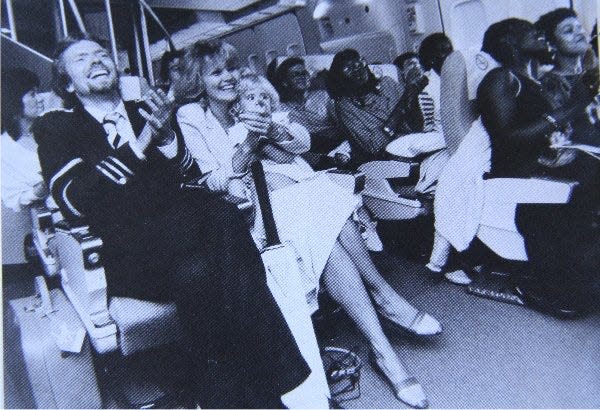
"People danced in the aisles as we played Madonna's "Like A Virgin" and Culture Club and Phil Collins," Branson wrote in his autobiography.
During a period of calm amid the revelry, they showed the movie "Airplane" while flight attendants passed out ice cream bars.
Virgin Atlantic continued to grow over the next few years.
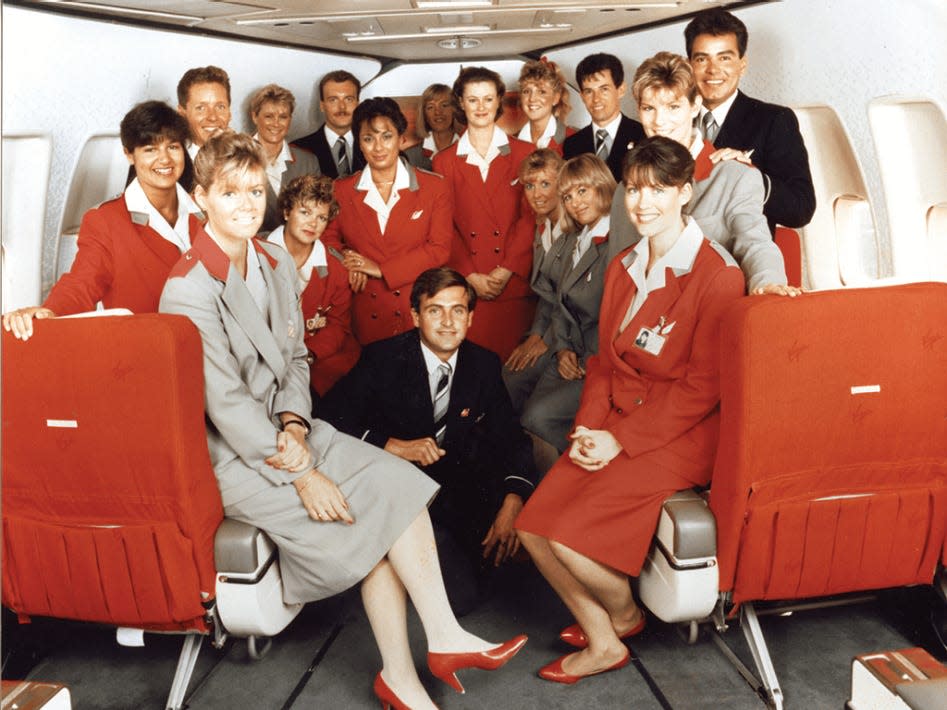
In 1986, Virgin Atlantic expanded to a second route, between London Gatwick and Miami, and added a second plane to the fleet: another 747-200 leased from Boeing.
By 1987, the airline had flown its first million customers across the Atlantic.
In late 1987, British Airways acquired British Caledonian.
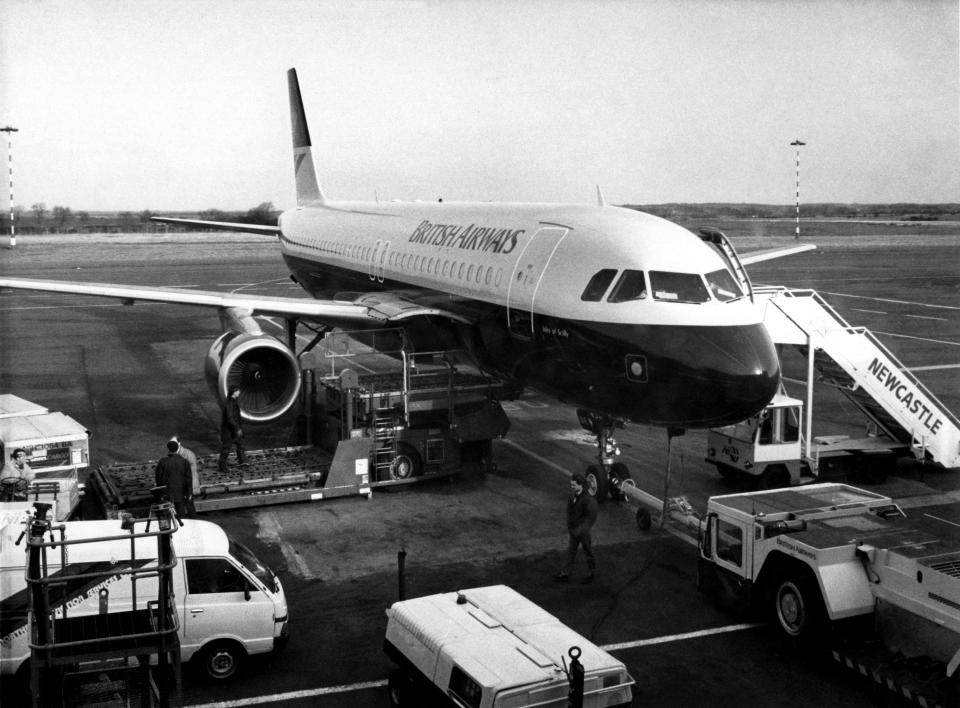
This merger, which combined the UK's two largest airlines, helped put the growing Virgin Atlantic squarely in British Airways's crosshairs.
Since air transport treaties between the UK and countries like the US and Japan allowed for only two British carriers in each market, the merger proved to be a blessing in disguise for Virgin Atlantic. With British Caledonian out of the picture, Virgin Atlantic was able to jump in as that second British carrier after British Airways and expand to New York JFK, Tokyo, and Los Angeles.
In 1991, Virgin Atlantic was finally granted clearance to operate from Heathrow Airport, London's primary international gateway.
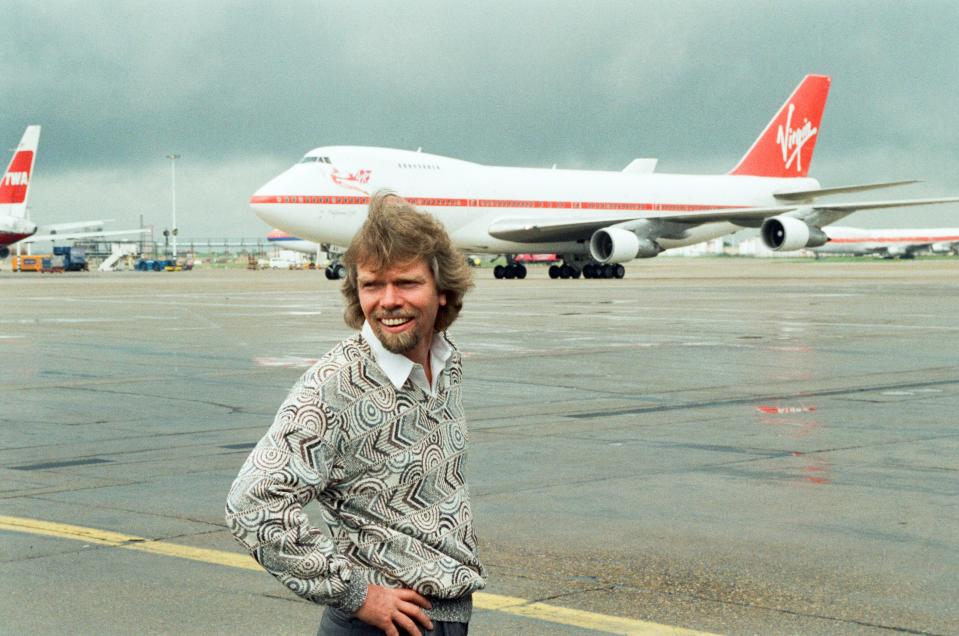
Until that year, Virgin Atlantic's operations were based solely out of the smaller London-Gatwick Airport.
"Due to a single short runway and the lack of connecting flights, Gatwick was less profitable, both for cargo and passengers than Heathrow," Branson wrote in his autobiography. "We were struggling to make money."
According to Branson, an identical route from Heathrow would be 15% more profitable than one from Gatwick.
Virgin Atlantic also pioneered some unique service offerings during its early years.
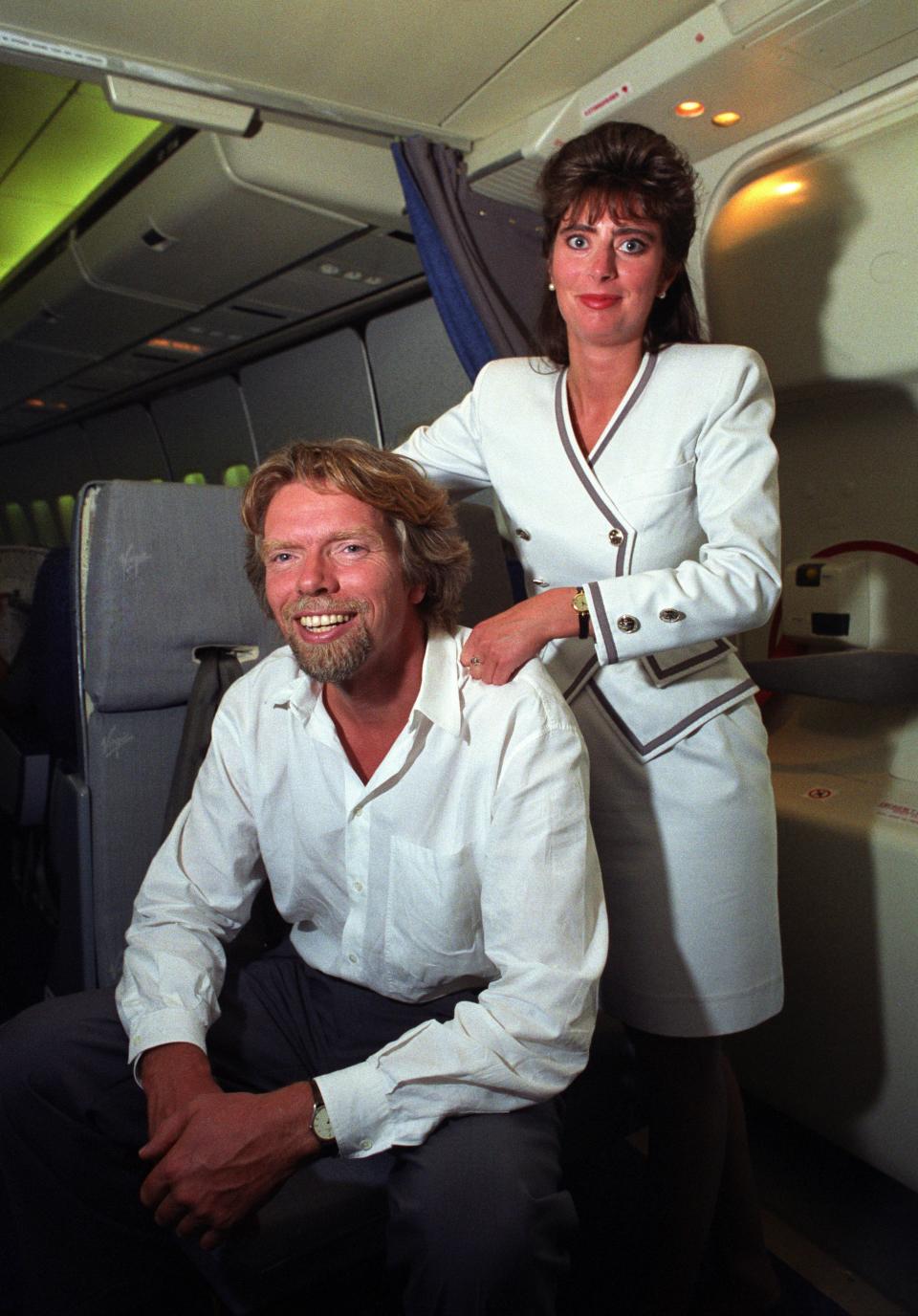
In 1990, Virgin Atlantic introduced inflight beauty therapists to its aircraft. The staff members, dressed in white, offered passengers free manicures as well as head, shoulder, and neck massages. The airline discontinued the service in 2008, but massages remain available to customers in its airport lounges.
Virgin Atlantic was the first airline to offer a premium economy cabin.
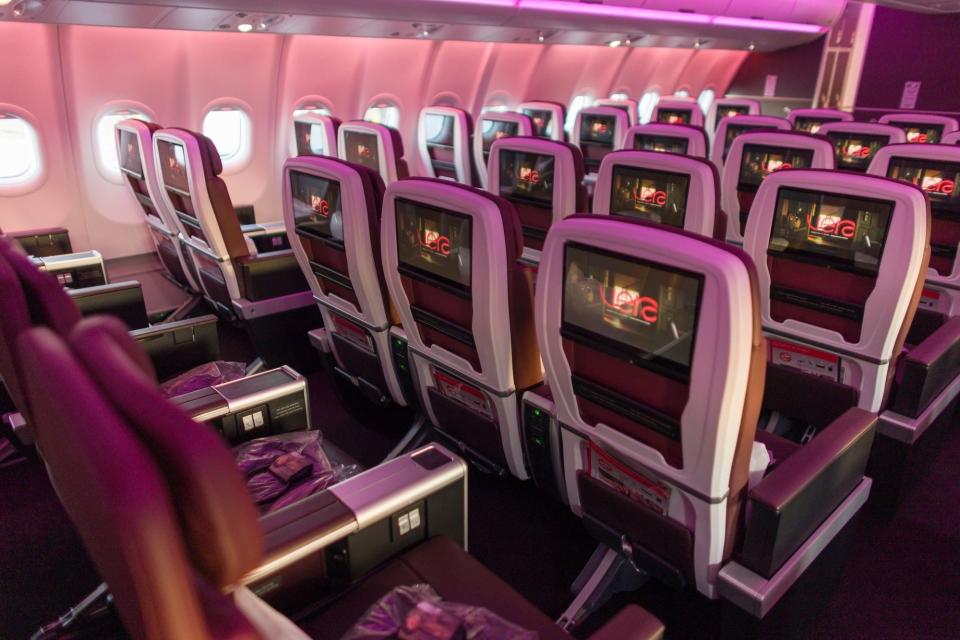
In March 1992, Virgin Atlantic launched an enhanced economy product with larger seats and more legroom called Mid Class, which would later be rebranded Premium class. It was the first international premium economy product in the world with Taiwan's EVA Air launching a similar offering later that year.
A decade later, Virgin Atlantic debuted its innovative business-class suite.
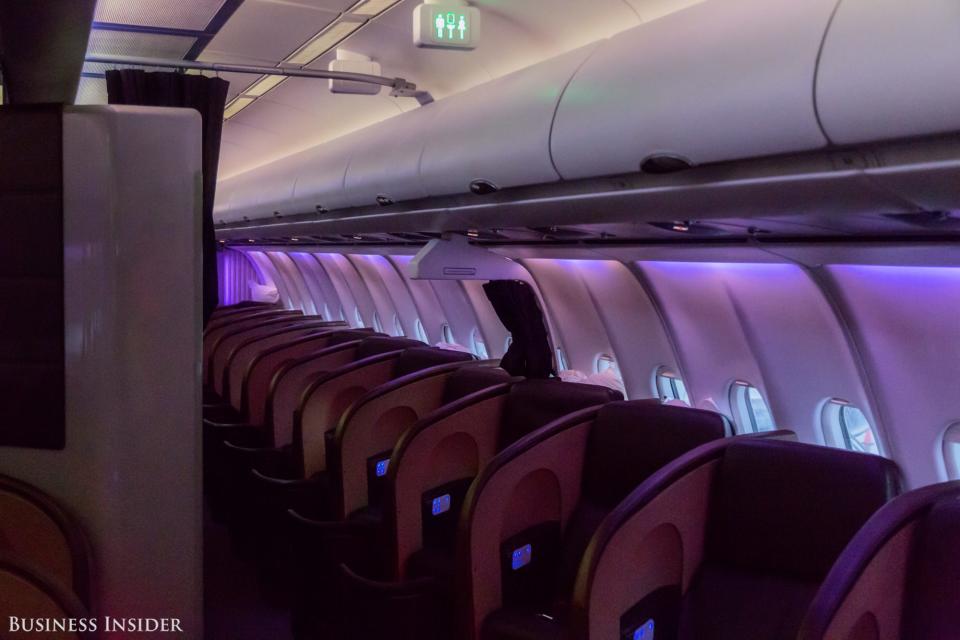
The lie-flat beds arranged in a reverse herringbone pattern helped set the airline apart upon its debut in 2003.
In early 1991, a TV special about the competition between British Airways and Virgin Atlantic kicked open what would become the 'Dirty Tricks' campaign.
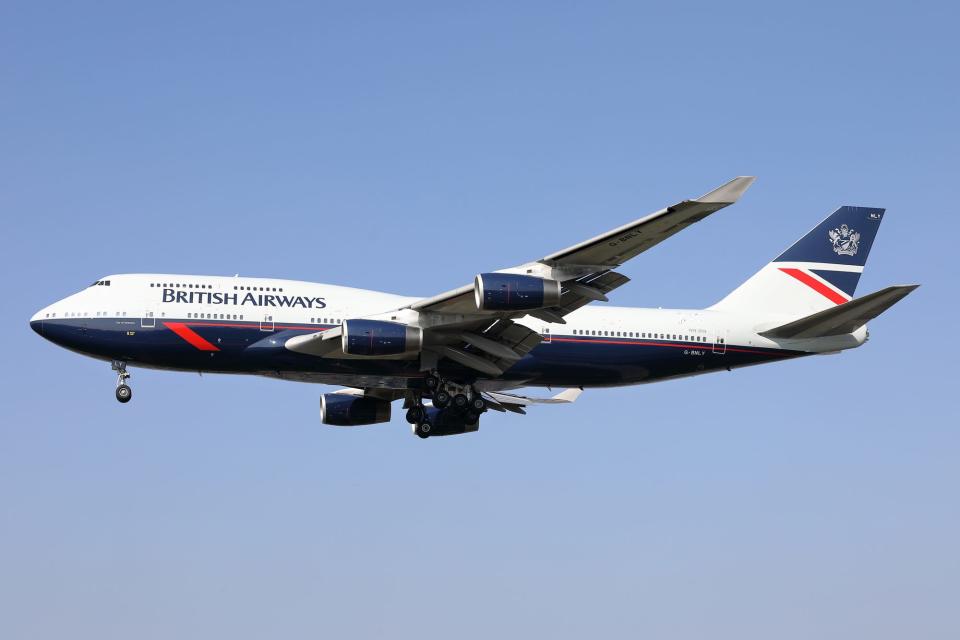
The Independent reported that the campaign against Virgin Atlantic and rival airlines started with a closed-door meeting among British Airways leaders at Gatwick Airport in the summer of 1990.
"[British Airways] went to extraordinary lengths to put us out of business," Branson told NPR's "How I Built This" podcast in 2017. "They had a team of people illegally accessing our computer information and ringing up our passengers and pretending that they were from Virgin, telling them that flights were canceled and switching them to BA."
According to Branson, the British Airways team also went through his garbage and the garbage from Virgin Atlantic's airport lounges in search of incriminating items such as drug paraphernalia.
British Airways denied Branson's claims and insisted that this was simply an attempt to generate publicity.
Branson turned to his mentor, Sir Freddie Laker, for advice.
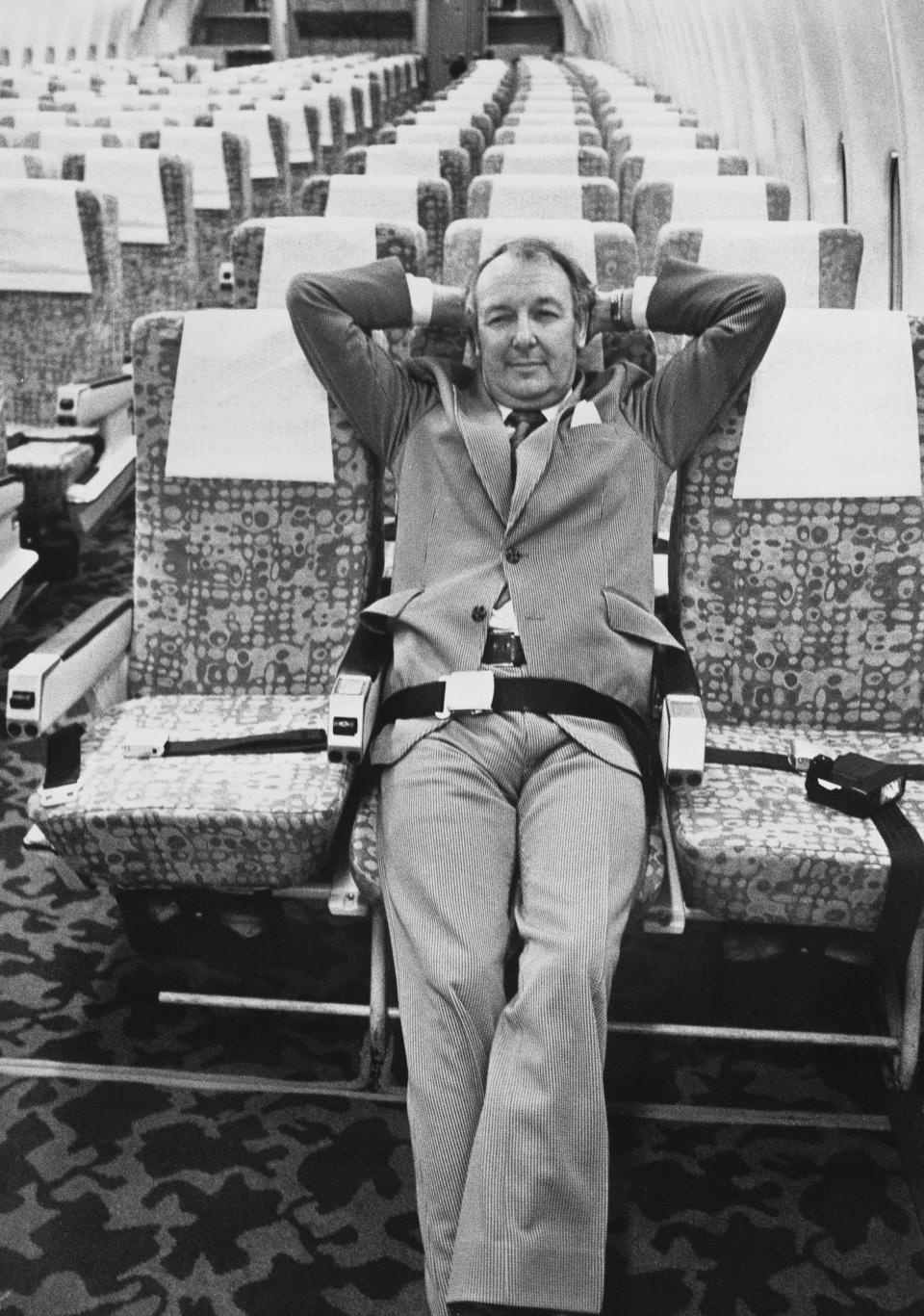
"Sir Freddie Laker repeated his advice (from our lunch meeting in 1984) to sue the bastards," Branson wrote.
In 1992, Branson sued British Airways for libel and won. he High Court in London in London rendered a judgment in favor of Branson and his airline totaling £610,000 or $915,000 in damages and another £3 million or $4.5 million for legal costs.
Branson distributed the judgment proceeds to Virgin Atlantic employees as a Christmas bonus to help make amends for the pay cuts that were instituted due to the financial pressure created by BA's campaign.
Despite the court judgment, the damage from the campaign's financial pressure was already done.
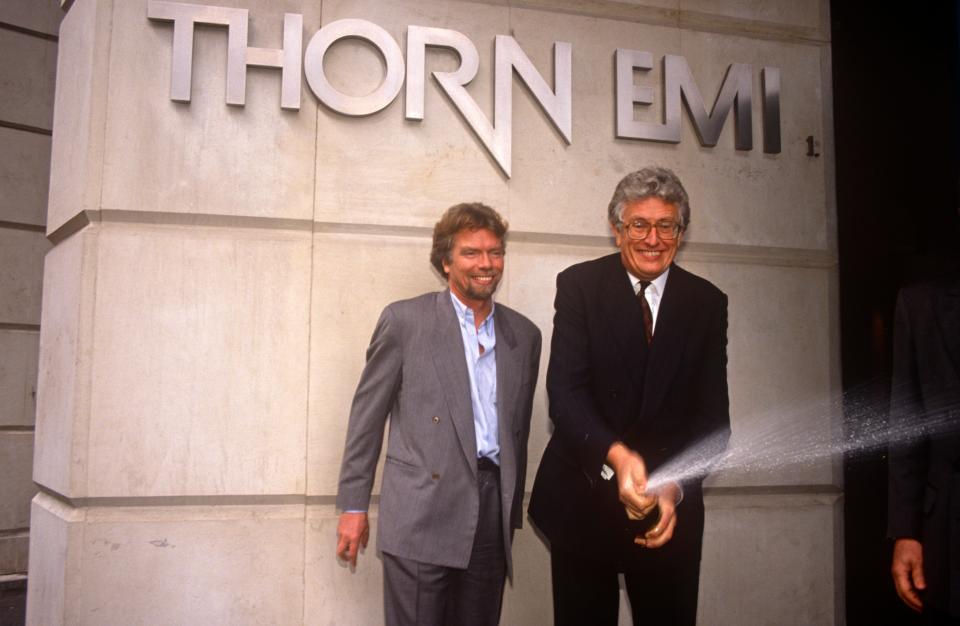
In 1992, Branson was forced to sell Virgin Music Group, including Virgin Records, for $1 billion to Thorn EMI to help generate funds to bankroll the airline.
In a 2013 interview, Branson compared the pain of selling his beloved record label to selling one's child.
Until the mid-90s, Virgin Atlantic's fleet consisted exclusively of older, secondhand Boeing 747-100/200s.
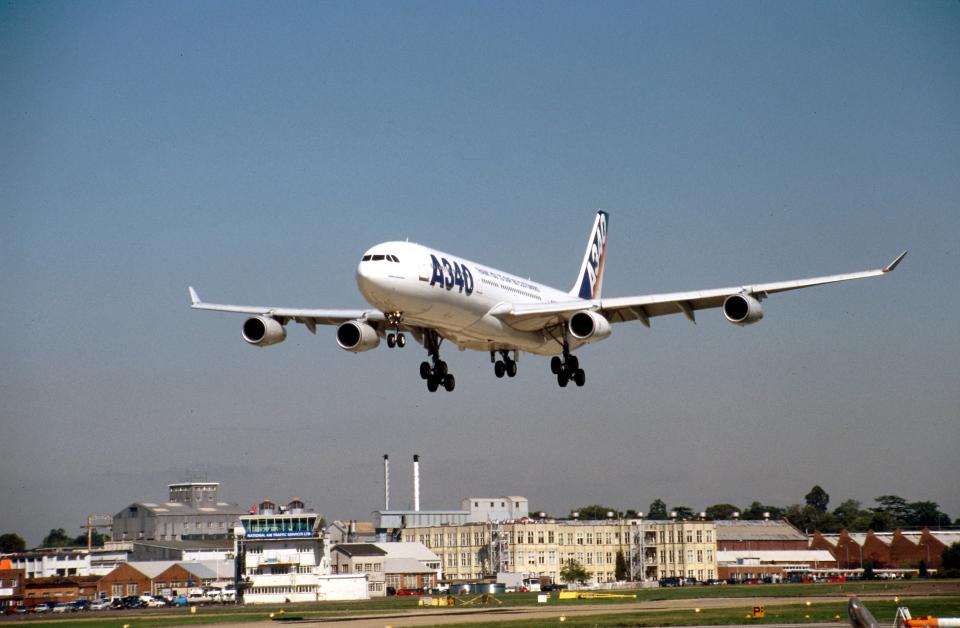
That changed with the A340-300, which remained a mainstay of the Virgin Atlantic fleet until the early 2010s.
New Boeing 747-400s followed, joining the Virgin Atlantic fleet in 1994.
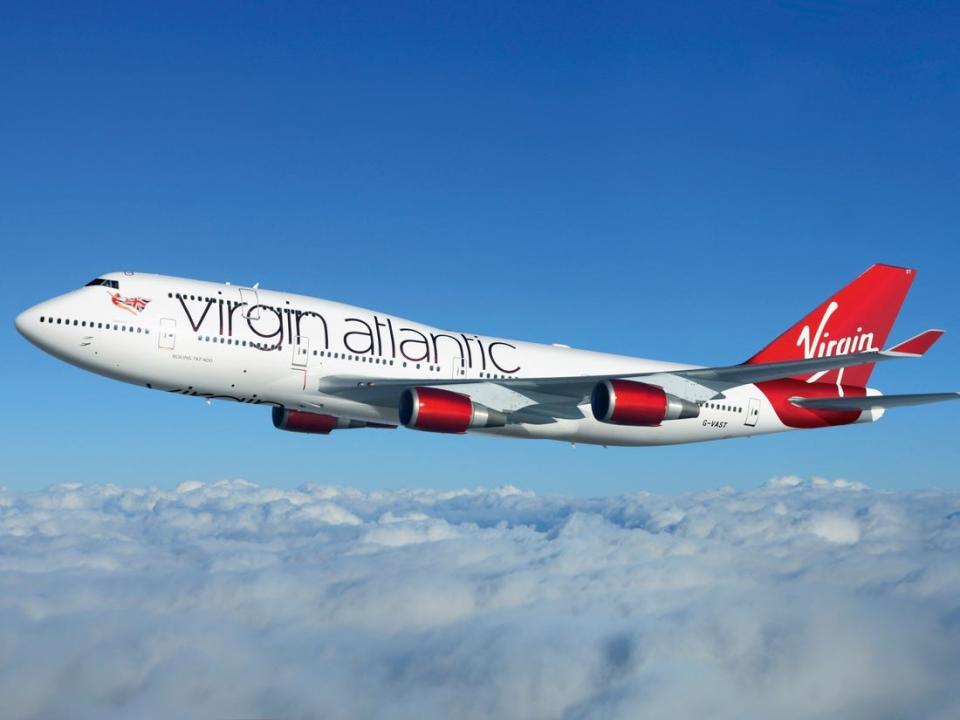
With the arrival of the Airbus A340 in the fleet, Virgin Atlantic's Boeing 747 fleet became increasingly focused on servicing the airline's leisure destinations.
Virgin Atlantic retired its last Boeing 747-400 in 2020.
In 2002, the A340-600 joined the Virgin Atlantic fleet.
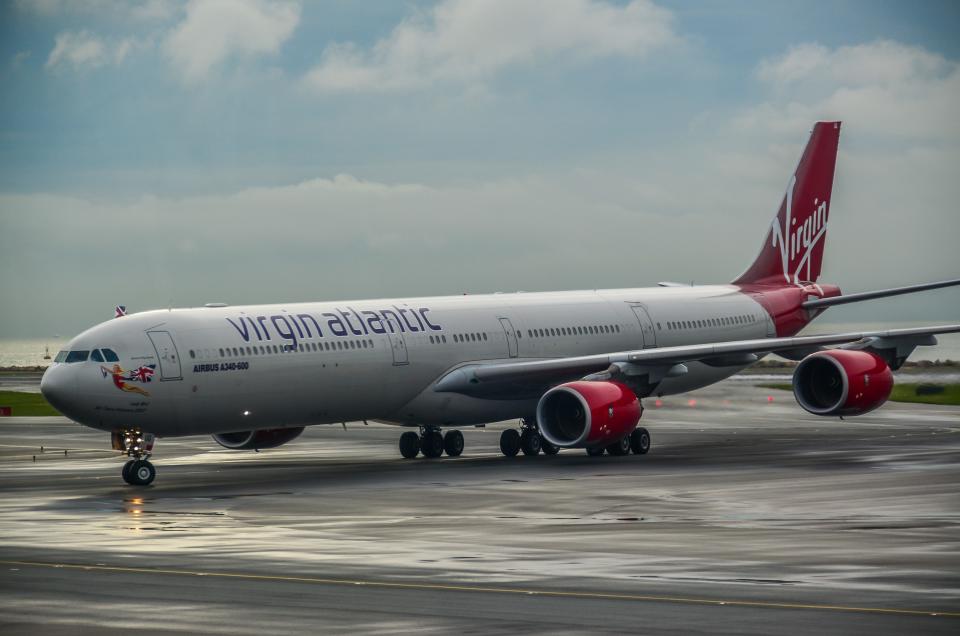
The A340-600, a more powerful, stretched variant of the A340-300, helped replace the aging 747-200s the airline relied upon during its early years.
At its release, the A340-600 was the longest airliner in the world. It was superseded in 2012 when Boeing introduced the 747-8.
Virgin Atlantic and many of its other operators struggled to make the economics of the aircraft work. As a result, the A340-600 would leave the fleet by the late 2010s.
In the early 2010s, the A340-300 was gradually replaced by the Airbus A330-300.
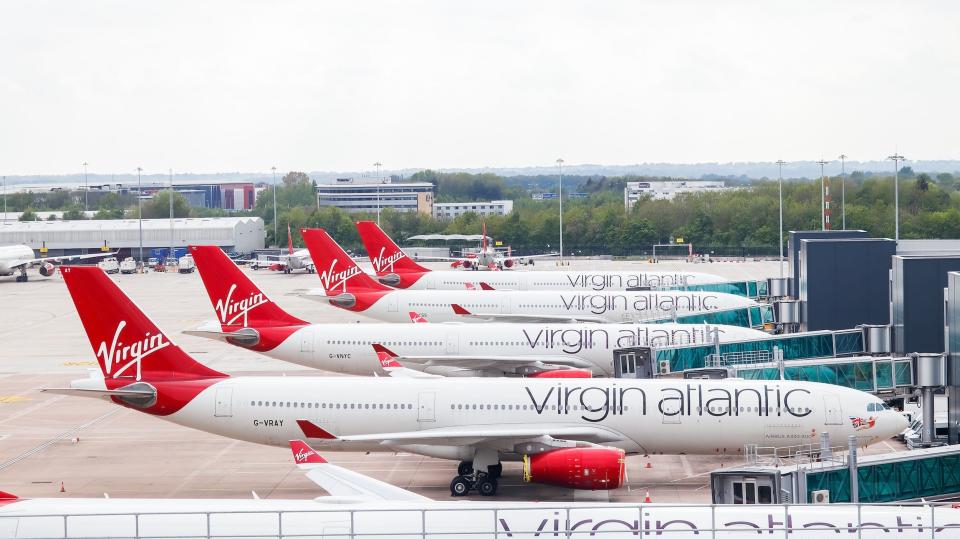
The twin-engined A330-300s offered improved economics over the pricier-to-operate four-engine A340s.
Branson sold a 49% stake in Virgin Atlantic to Singapore Airlines in late 1999.
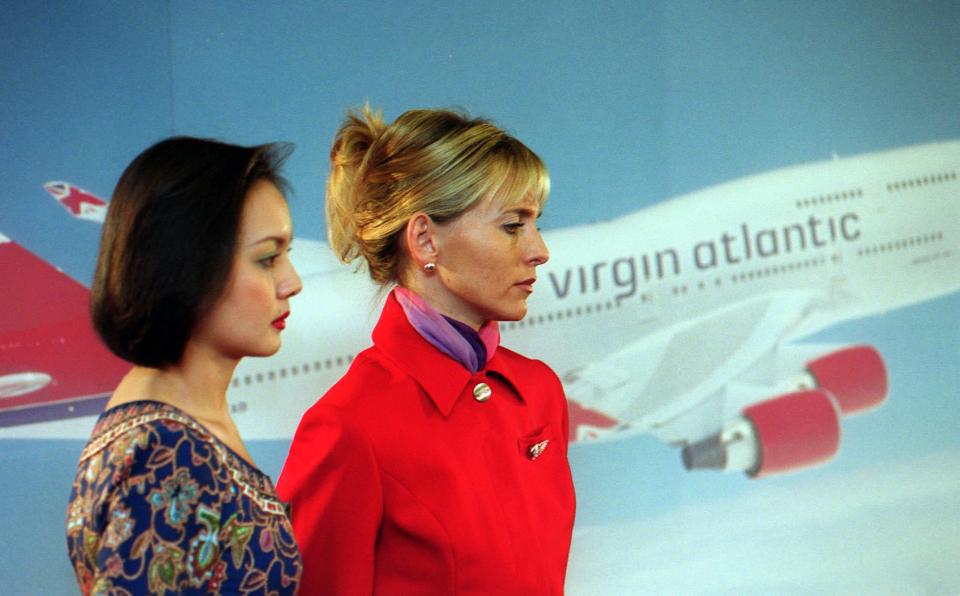
The Singaporean carrier paid $975 million for the equity stake in Virgin Atlantic.
And in December 2012, Delta Air Lines acquired Singapore's 49% equity stake in Virgin Atlantic.
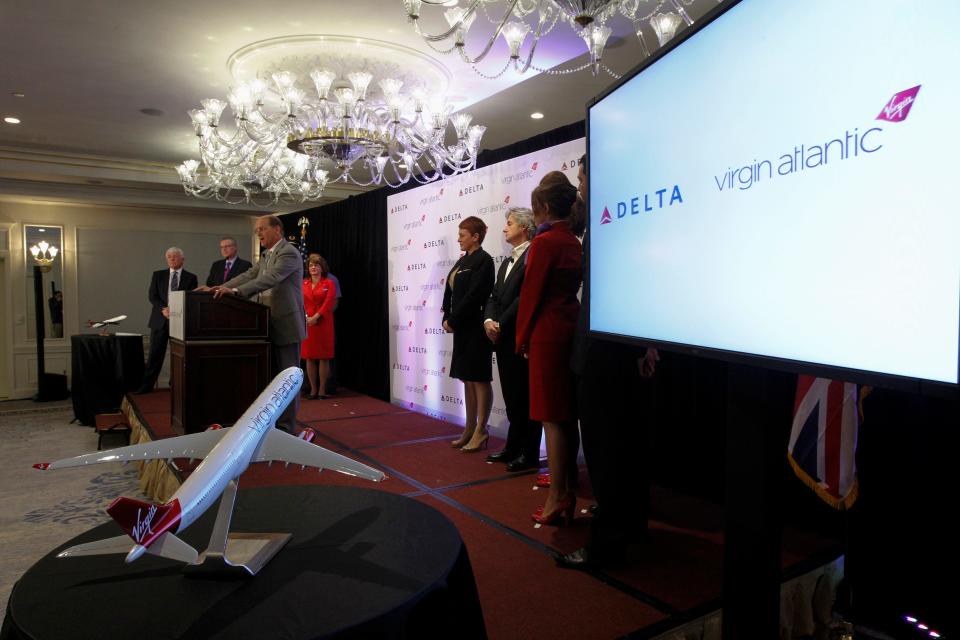
Delta paid $360 million for its share in the British airline. The two carriers established a joint venture partnership in 2014 that allowed them to sell tickets on board each other's flights. More than 40 million passengers have traveled across the Atlantic over the first decade of the joint venture.
Unfortunately, not all of Virgin Atlantic's endeavors have been as successful as its Delta joint venture.
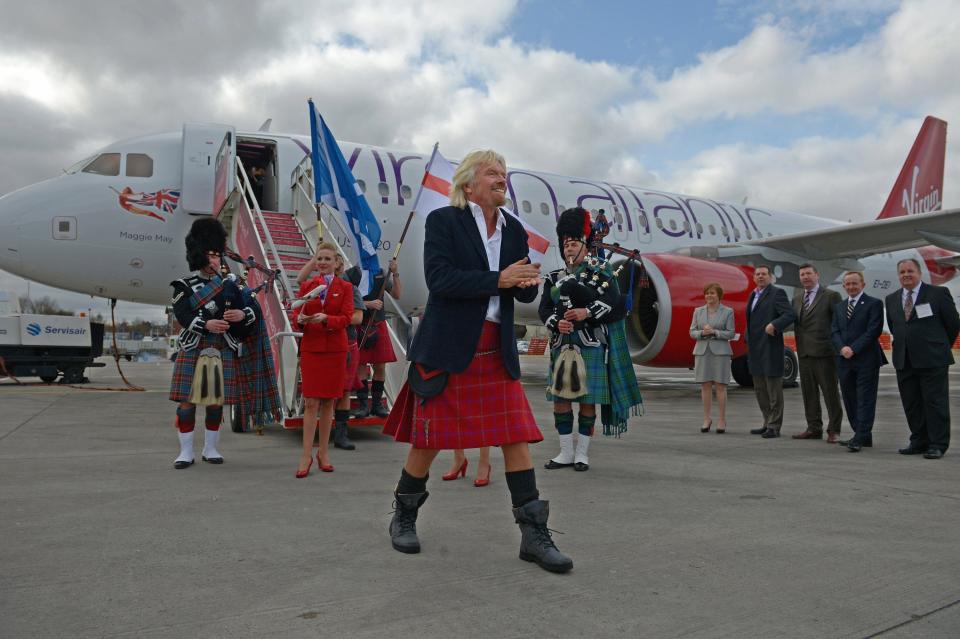
In 2013, Virgin Atlantic launched a domestic subsidiary called Virgin Atlantic Little Red. The airline leased a handful of narrowbody Airbus A320s from Aer Lingus to offer domestic service between London-Heathrow and destinations in the UK, such as Manchester and Edinburgh.
Virgin Atlantic shuttered Little Red in 2015 after suffering significant financial losses.
Virgin Atlantic filed for Chapter 15 bankruptcy in 2020 due to the COVID-19 Pandemic.
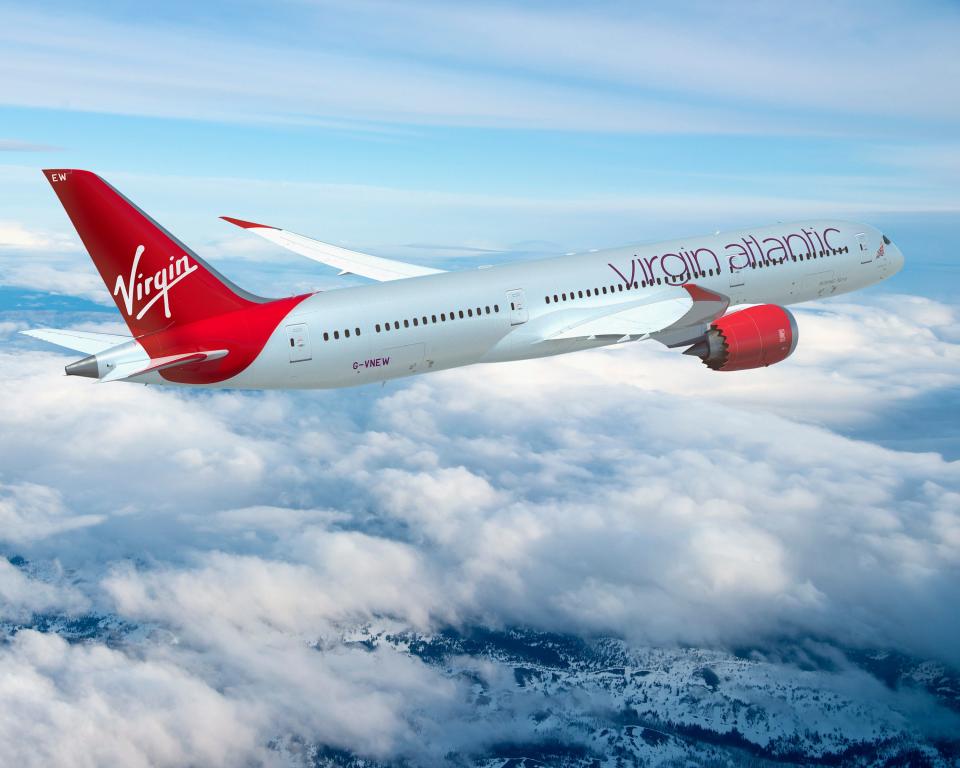
The airline lost £858 million in 2020, the highest annual loss in company history. To survive the financial crisis, Virgin Atlantic laid off thousands of employees and shuttered its London-Gatwick operation.
A £400 million cash injection in 2021 from Virgin Group and Delta Air Lines helped the carrier weather the storm and get back on its feet.
Today, Virgin Atlantic remains an underdog fighting its way to the top.
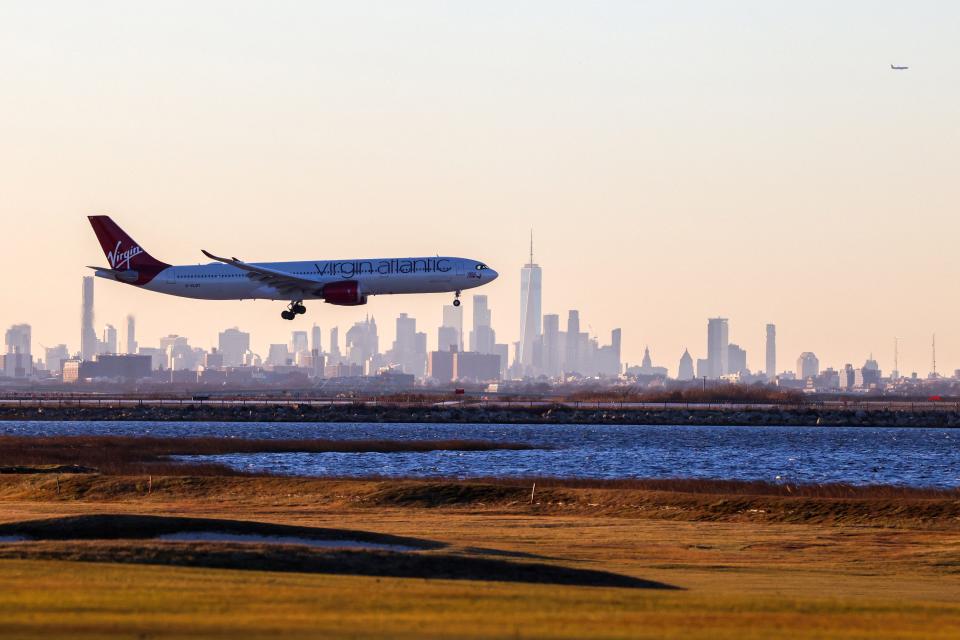
The rebellious underdog that challenged the status quo present at the outset of the airline is still there, but it's evolved and matured over the years, CEO Weiss said.
"At the beginning, it was just, let's take on British Airways," Weiss said. "Today, whether it's our partnership with Delta, our leadership in sustainability, or the fact that our customer experience continues to move forward, innovation remains a core part of us, and we are proud to be a challenger. "
Read the original article on Business Insider

